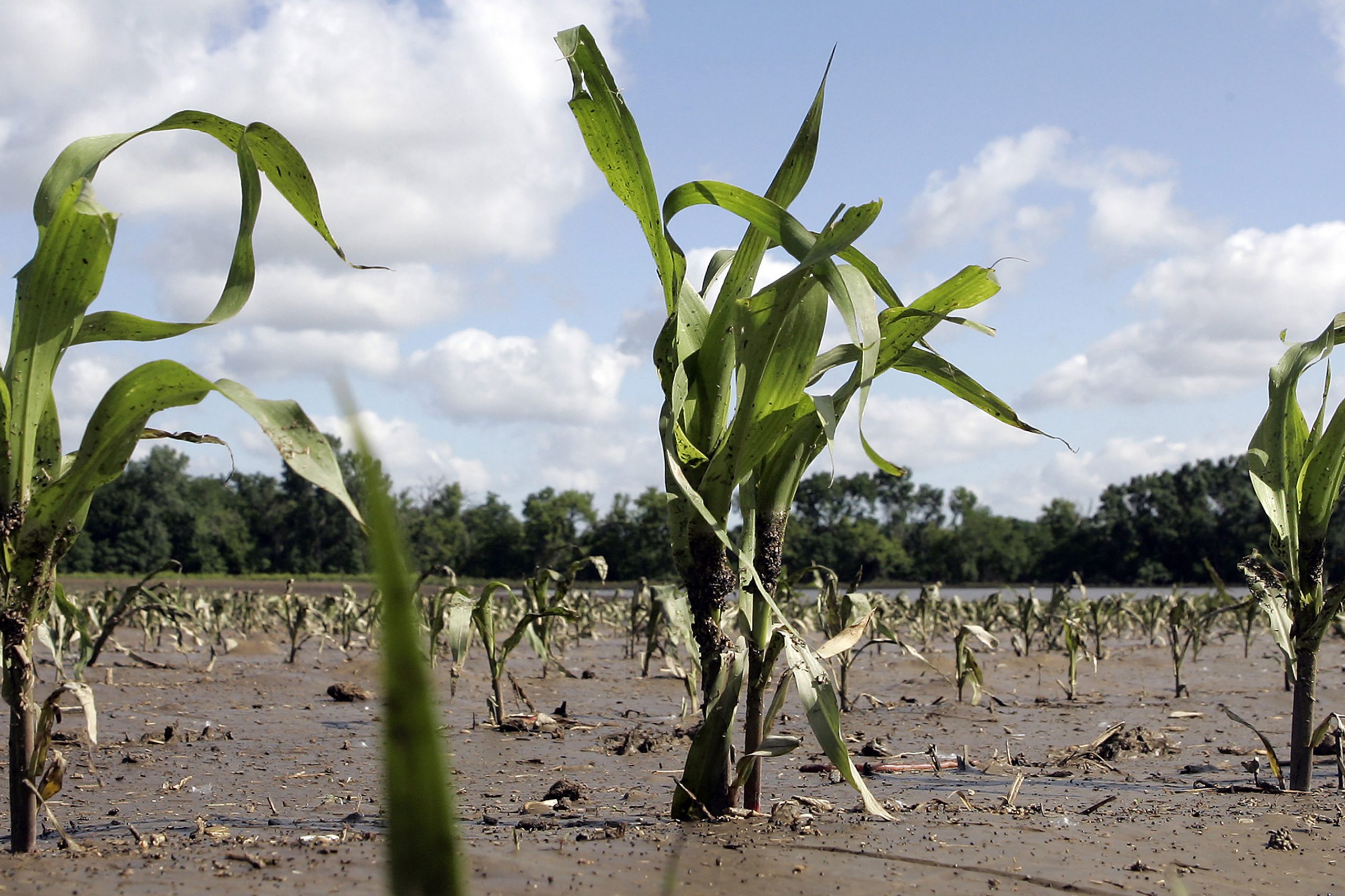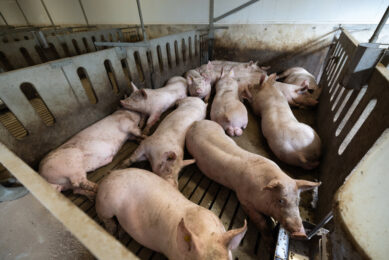Climate change

In the decades to come, the one factor that is likely to have the greatest effect on the economics of the mycotoxin problem is climate change. The effects of climate change include flooding, such as those which swept through the US mid-west in recent years, destroying thousands of acres of corn.
Because of regulatory limits set on maximum allowable levels of mycotoxins in food and feed, growers will experience economic losses if climatic factors cause certain mycotoxins to become more prevalent.
Aflatoxin likely to cause the most economic damage
Research carried out by Michigan State University showed that near-future climate scenarios are likely to increase economic costs associated with mycotoxins in foodstuffs. The bulk of these increased costs are likely to be due to increased aflatoxin levels in crops. Aflatoxin is the mycotoxin that will likely cause the most damage, because aflatoxin levels are typically consistently higher in crops under conditions of warmer temperatures and higher atmospheric CO2 levels such as would be expected in the next several decades in maize- and groundnut-growing regions of the world; and because more nations have regulatory standards for aflatoxin than for any other mycotoxin. Meeting these regulatory standards imposes costs to growers for aflatoxin reduction strategies and testing methods, as well as potential rejections despite the use of such strategies.
Fewer rules about fumonisin and DON
In the cases of fumonisin and DON, far fewer nations have set regulatory standards for these mycotoxins; and the evidence for higher levels under expected future climate conditions is less clear. In the case of OTA, because many different fungi produce this mycotoxin in different crops, OTA levels may increase in certain commodities (likely those colonised by Aspergillus species), while not changing substantially in others. In all scenarios, however, growers need to be vigilant about the climatic conditions under which mycotoxin levels may be increasing in their commodities. This will enable them to optimally guard against economic risks in future years, and to best protect consumers (humans and animals) of these foodstuffs.
Taken from the research paper, ‘How climate change and regulations can affect the economics of mycotoxins’, written by F. Wu and N.J. Mitchell











